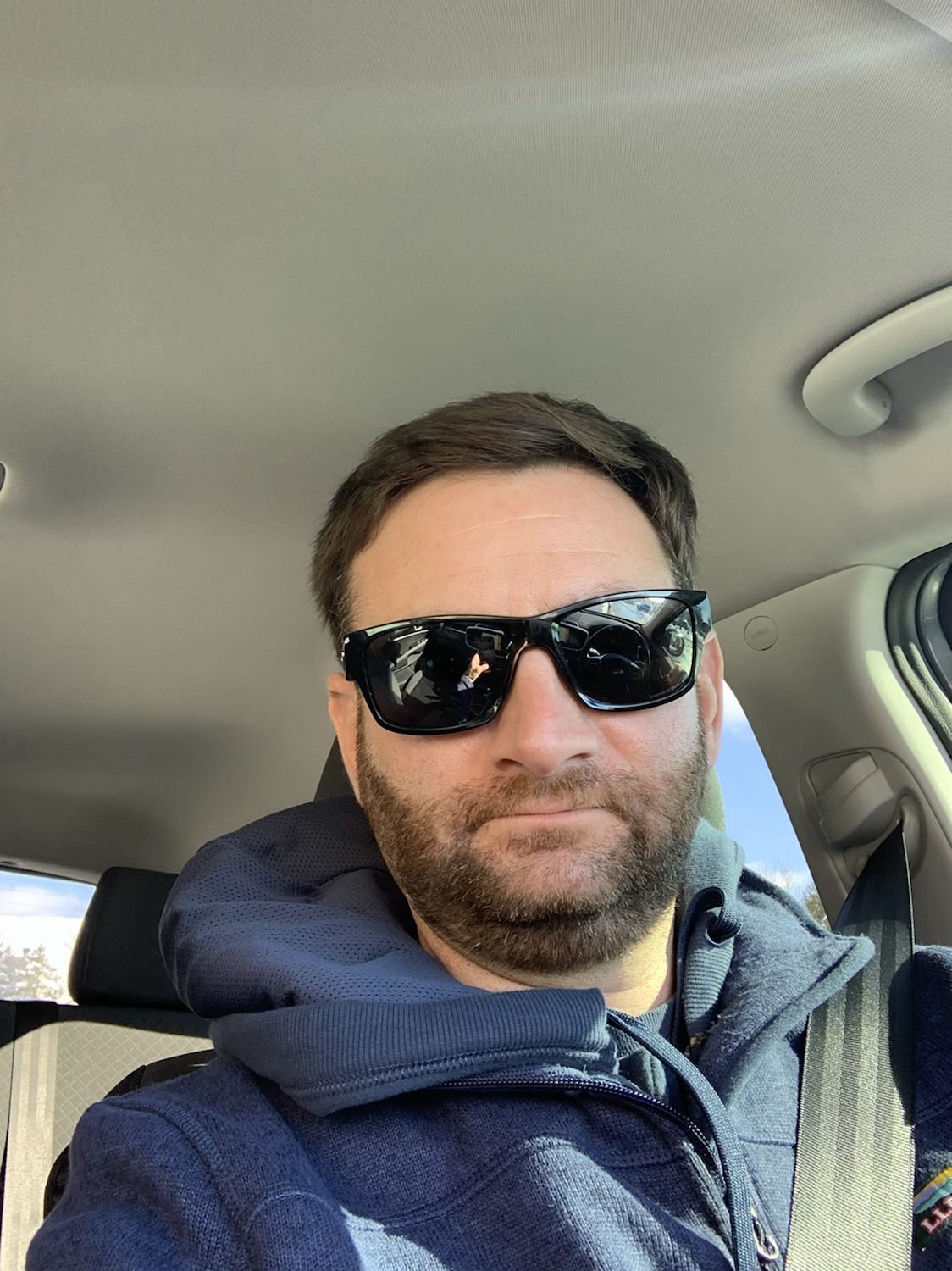On the Side of Safety
- Marc Fisher

- Nov 16, 2013
- 3 min read
On November 26th, law enforcement officers statewide will remember the first anniversary of the tragic death of Illinois State Trooper Kyle Deatherage. Unfortunately, in the time since then, Illinois has lost two more police officers on the highways after being struck by vehicles. Trooper James Sauter was struck on I-294 on March 28th, 2013 and Officer Casey Kohlmeier of the Pontiac Police Department was struck on October 30th. It’s no secret the highway is a dangerous place, but what other safety considerations should a police officer have in mind when stopping trucks?
Over the last ten years, an average 59.5 police officers per year were killed on the roadways of this nation in either a vehicle crash or after being struck by a vehicle. In the same ten years, an average 56.4 officers per year were killed after being shot. Over 57,000 officers were assaulted. Roadside is a dangerous place everywhere. Crashes which kill anyone are tragic enough, but personal encounters between police officers and trucker have some unique hazards as well.
Officer safety is burned into the minds of police officers starting on Day 1 in the police academy. Much time is spent on person to person contact, traffic stops, and high risk encounters. The tactics of stopping cars is basic to the police officer function, but good officer safety when stopping trucks receives little or no training.
It’s not uncommon for police officers to climb up on the side of the truck to speak with the driver. The question is whether or not this is the best idea. Experienced truck officers know that truckers are usually less belligerent and more compliant than car drivers. This does not mean truck officers should become complacent and let their guard down.
First, tactically speaking, the truck driver has the advantage. He has the higher ground. To stand directly in front of a closed door, looking up to a driver, is an invitation for disaster. Behind that door could be a shotgun, a knife or one of many other legitimate tools a driver keeps near the door for repairs. It is not uncommon for police officers to open a truck door and see mallets, pliers, crowbars, screwdrivers and a host of other potential weapons.
Second, the door itself could be used as a weapon. As a police climbs up the side of a truck, he is naturally off balance. Footing is not as sure as being on the ground. The truck driver could use his entire body weight to force the door open and knock the officer off the truck and into traffic. This is similar to a police officer using a ballistic shield for crowd control.
Third, police officers are trained to keep their hands free. It’s hard to fight or fend someone off if you have a notebook, pen or paperwork in your hand. One hand needs to be free to protect/deploy the service weapon or another defense tool. If a police officer has one hand engaged on the hand-hold of the truck, and other grasping registration, permits or a driver’s license, what hands are left to mount a defense with?
Aside from the tactical dangers of a trucker bent on injuring or killing a police officer, the non-felonious environmental hazards of trucks can be just as problematic. Broken or sharp steps. Loose hand-holds. Hot exhaust pipes. Leaking or spraying hydraulic/air lines. Each of these has the potential to severely injure a police officer.
Maybe it is time truck enforcement officers start rethinking the practice of climbing up on the side of trucks. There will always be times when a police officer must do, like checking securement devices or how a trailer is loaded.
Maybe the officer should stop short of the where the door will swing. Maybe the police officer should ask the driver to open the door so he can have a clear view inside. Any truck officer worth his salt should be checking the VIN and GVWR data anyhow, and that is almost always requires the door to be open to find the information.
There’s never a perfect method for safely engaging truck drivers on traffic stops, but every contact purposefully executed to survive, will significantly decrease the likelihood of injury or death.






Comments